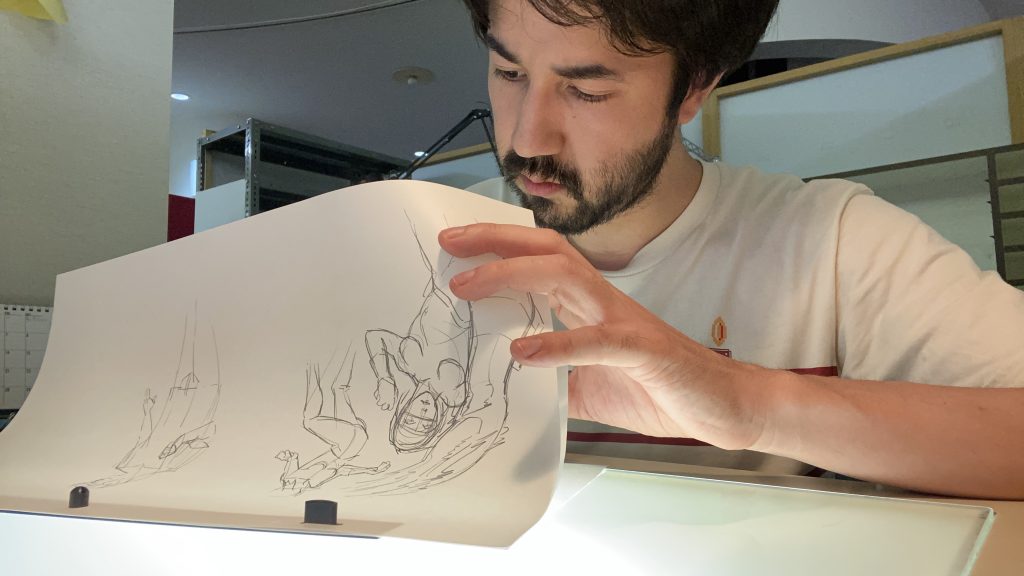
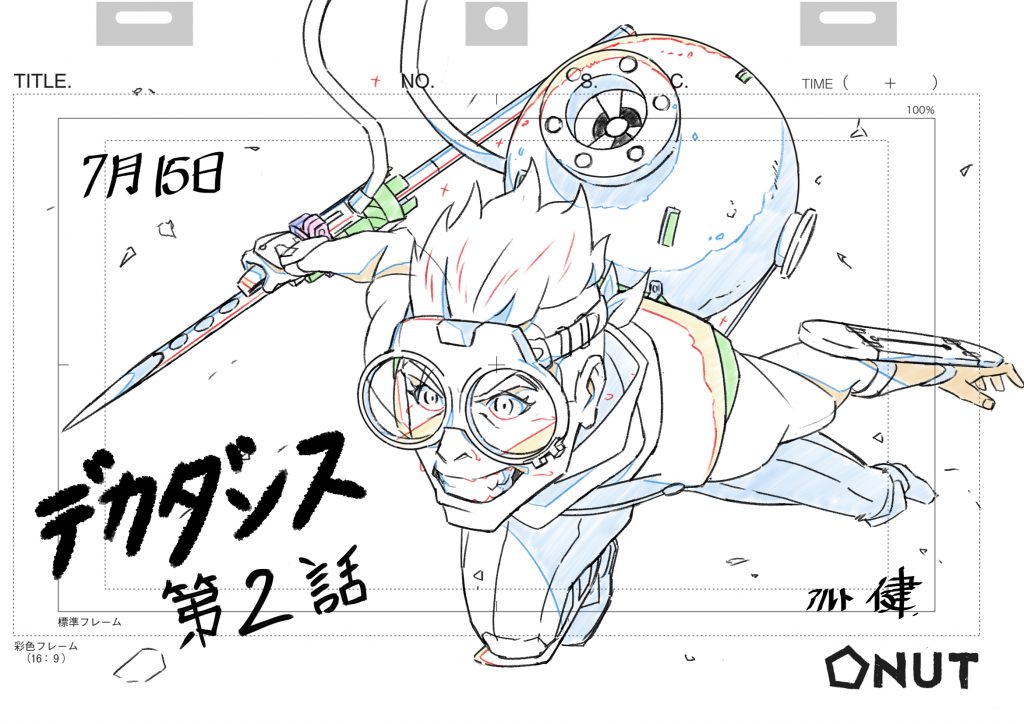
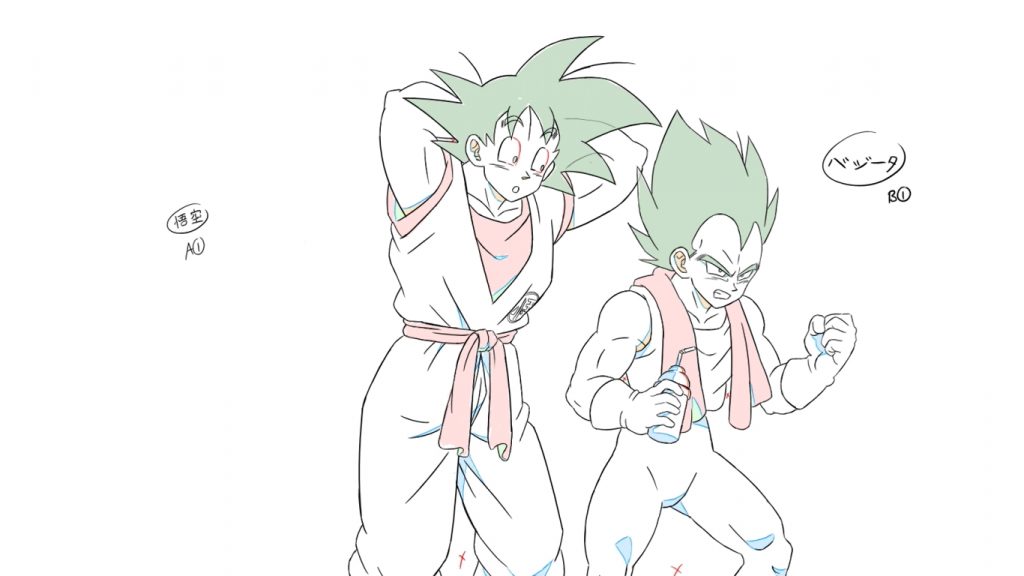
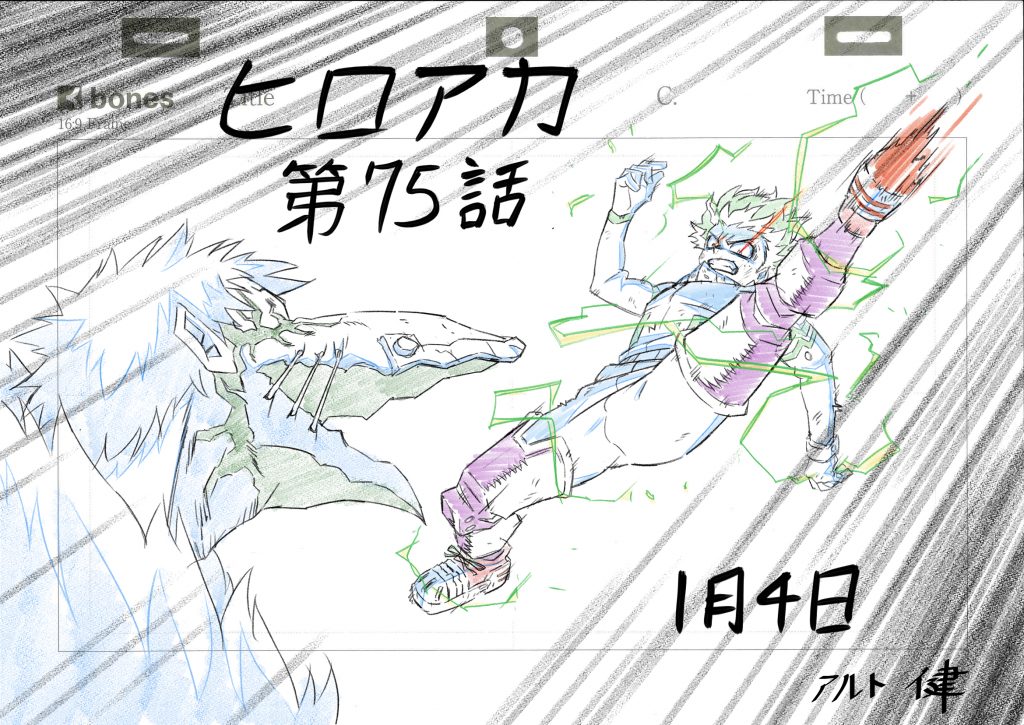
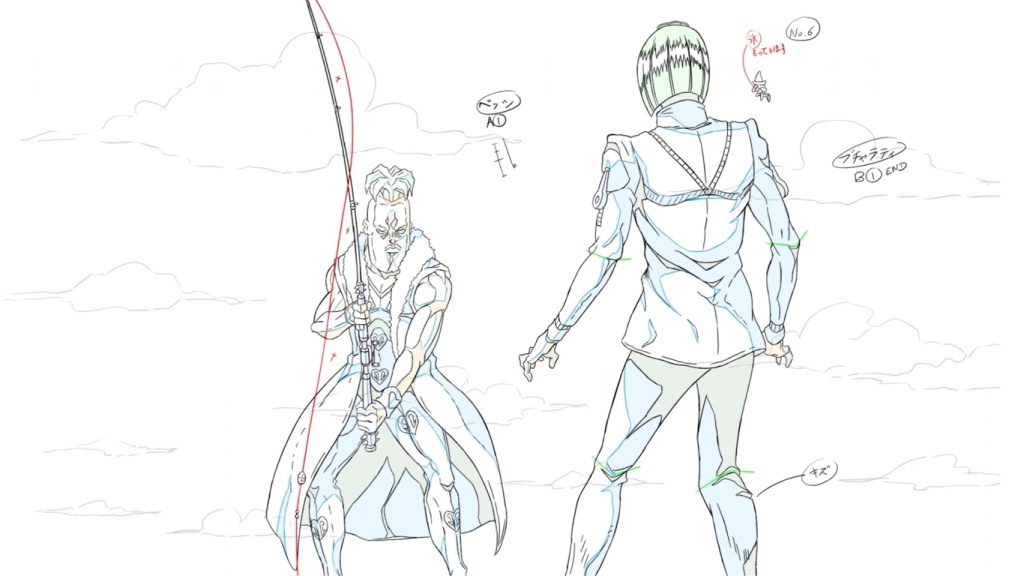
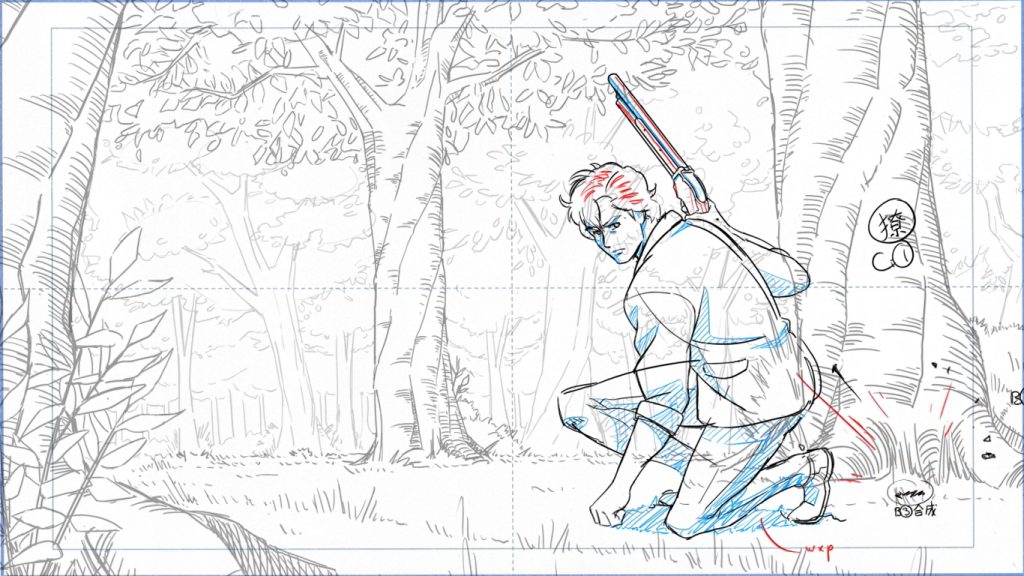






Amin Abbas Dubai
Ken Arto, the French/Japanese 2D animator that worked on major Japanese anime series and movies discusses the inspiration behind his work and highlights the differences between the Japanese and French animation styles.
Currently living in Japan, Arto has worked on numerous projects including, My Hero Academia, DECA-DENCE, JoJo’s Bizarre Adventure: Golden Wind, Dragon Ball Super Broly and City Hunter: Shinjuku Private Eyes.
About his inspiration for Japanese anime and manga
“My inspiration for Japanese anime and manga are the legendary director Hayao Miyazaki (Princess Mononoke, the first time I watched it when I was 9 years old which had a huge impact on me), The late director Satoshi Kon (Millenium Actress for the way he mixed the reality and the fiction was stunning) and the acclaimed animator Toshiyuki Inoue (he can animate everything with a such good realistic sense),” Arto said.
“My favorite manga and anime series are Fullmetal Alchemist, JoJo’s Bizarre Adventure, Dragon Ball & Neon Genesis Evangelion,” Arto added.
About his visit to Japan
“My first time visiting Japan when I was 1 year old, my mother is Japanese so I often go to Japan to see my family in Tokyo,” Arto said.
About the adaptation of Japanese culture in his daily life:
Throughout living and working in Japan, Arto learned to adapt the notion of perseverance (The Shonen spirit) into his endeavors, which he had learnt from the Japanese culture.
“The most inspirational thing from Japanese culture that I have adapted into my daily life is to persevere in my work until success (The Shonen spirit),” Arto said.
About the establishment of his career as an animator
“I started working on animation at the end of 2015 at studio Graphinica as a digital inbetweener and colorist. It was a subcontract studio, so I could work on a lot of different projects such as Pokemon, Boruto, Food Wars!: Shokugeki no Soma, and more,” Arto said.
“The first project in animation field that I worked on was at my first internship in a Japanese studio, Telecom Animation Film in 2011. I worked on Lupin the Third: Blood Seal of the Eternal Mermaid as an inbetweener on paper. It was a great experience and I could meet amazing artist such as: Yasuo Ōtsuka, Hisao Yokobori, Kazuhide TOMONAGA, Shôjirô Nishimi & others,” Arto added.
About the challenges he faced during his career
“I have faced many challenges during my career as animator, but one of the most prominent challenges was to develop speed in producing content. As an animator, you are being you are being paid by drawings, so you have to be fast to meet your delivery deadline and earn your salary. The tight deadlines for projects resulted in extra hours of hard work and sleepless nights in order to finish them on time,” Arto said.
About the differences between Japanese and French animation styles and working conditions
“I have just done some internship in French studio and the major difference is that most of Japanese productions are still on paper, whereas in France productions are in digital,” Arto said.
“Also, the way that one animator has the responsibility of the background Layout, the animation of every character in the scene as well the effects, you need to have skills in each field in order to be a key animator in Japan. On the other hand, the responsibility of doing background Layouts, characters’ animation and effects in France can be handled by multiple people, they have a bigger staff with each person excelling in their specified field,” he added.
About his upcoming projects
“I’m working on two upcoming animated movies (One with studio 4C and the other one with Ufotable),” Arto said.
About his recommendations for future animation artists
“It’s very important to learn Japanese because you have to communicate with your team, and not every studio has a translator. So if you want to learn among amazing animators, Japanese language will be an essential requirement,” Arto said, as a message dedicated to people who seek to work on animation projects in Japan or become animation artists.